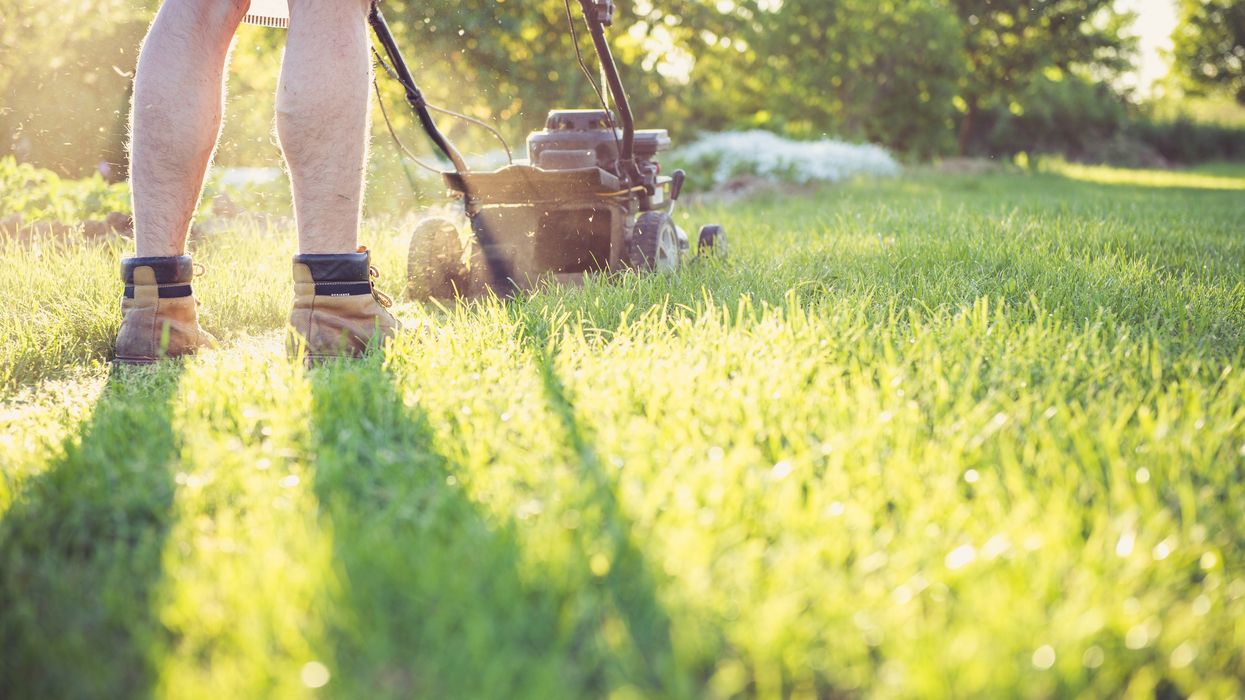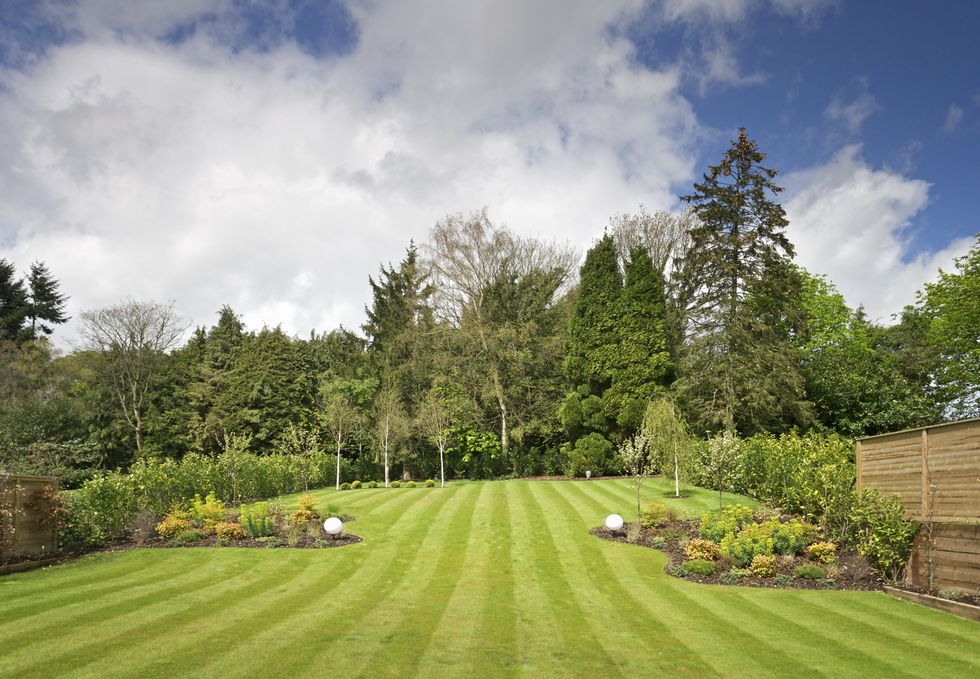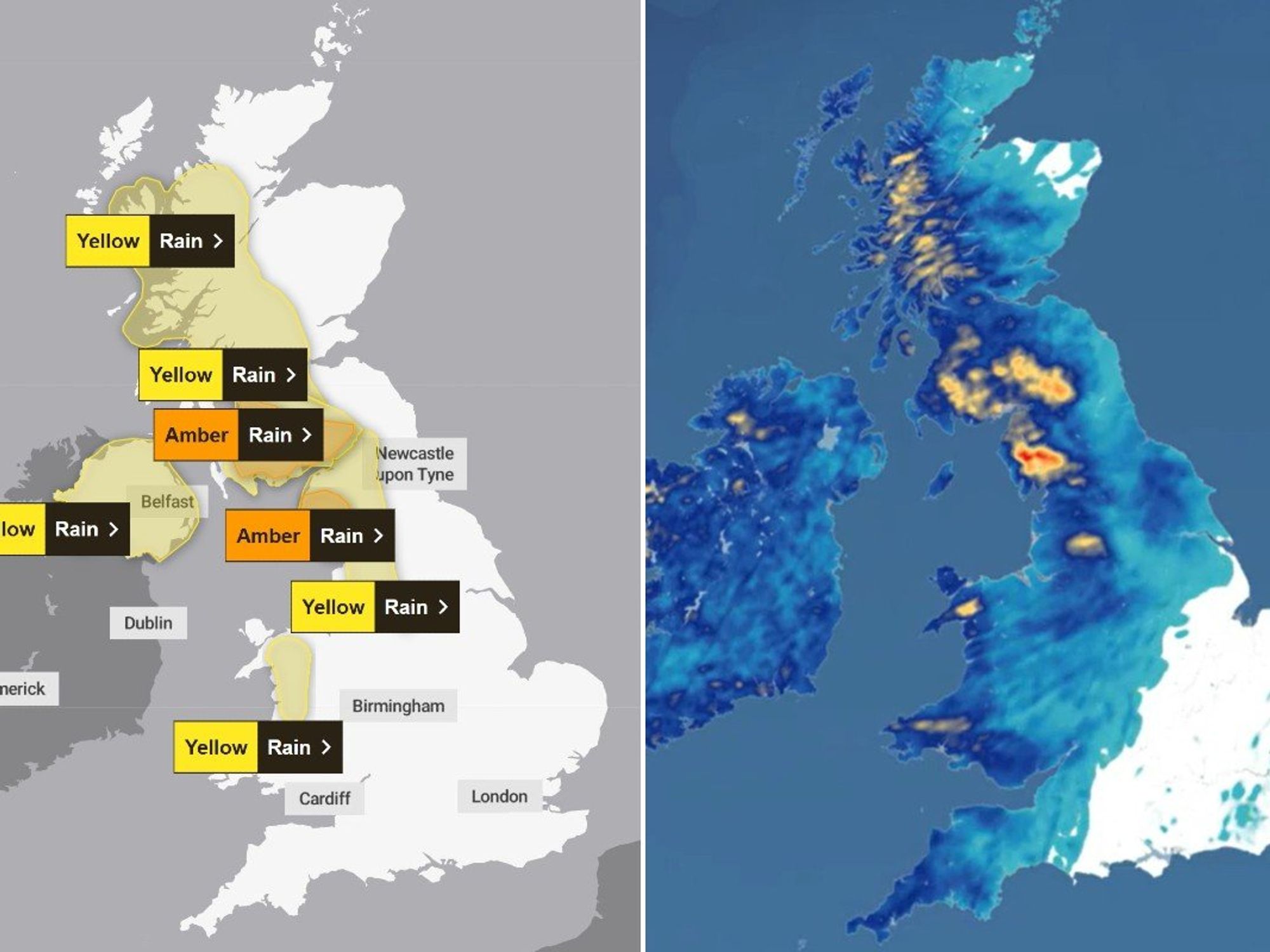Monty Don shares details the best way to 'repair patches' on your lawn and help it 'grow back in days'


The British horticulturist recommended avoiding the lawnmower for better growth
Don't Miss
Most Read
Latest
Maintaining a pristine lawn can prove a real challenge at the best of times, but it's particularly difficult during hot spells.
This is because dry weather conditions leave grass looking tatty and parched, sometimes giving off a yellow hue.
Autumn presents a unique opportunity to address these issues thanks to its moderate weather.
With healthy grass being the envy of gardeners across the country, Monty Don has laid out key tasks to complete this month.

Water your lawn regularly to keep it hydrated
|GETTY
According to the horticulturalist, September is the best time to address patches that may have appeared in recent months.
He warned that while mowing is essential for promoting dense and healthy growth it may be worth avoiding the task altogether.
Monty explained: “This is an ideal time of the year to either sow or turf new grass or to repair patches on your lawn.
“If it is just a worn area of thin grass, rake away all thatch and moss, remove all weeds and thinly scatter grass seed, watering well and keeping it damp.
“The seed should germinate and grow in days. Do not mow for at least a month and if it looks unsightly going into winter clip with shears.”
Larger areas may need a bit more work, according to Monty, stressing that patience is key for vigorous growth.
“For a larger area clean the edges with a sharp spade, fork it over to remove any compaction and either scatter with seed or cut a piece of turf to fit," said Monty.
“Make sure that the edges are butted tightly against the existing grass."
“Like grass seed, it is important that turf should not be walked on mown until growing vigorously which will indicate that the roots have become established and are growing strongly.
“Depending on the weather, this may mean leaving it uncut until next spring.”
LATEST DEVELOPMENTS

September weather conditions are ideal for growing a healthy lawn
| GETTYEven if your lawn has survived the summer unscathed, it may need special attention over the next month. For those with a healthy lawn, the gardener recommended aerating the area.
“You can use a fork by working the tines into the ground at 12-inch intervals or, for a larger lawn, hire a rolling hollow tine or slitter.
“Ideally, this is followed by working sand into the holes they create with a stiff brush.
“Finally, give the grass a thorough scratch with a wire rake to remove all the thatch and moss and whilst it will look a little threadbare this autumn, next spring your lawn will be rejuvenated for this autumnal working over.”










